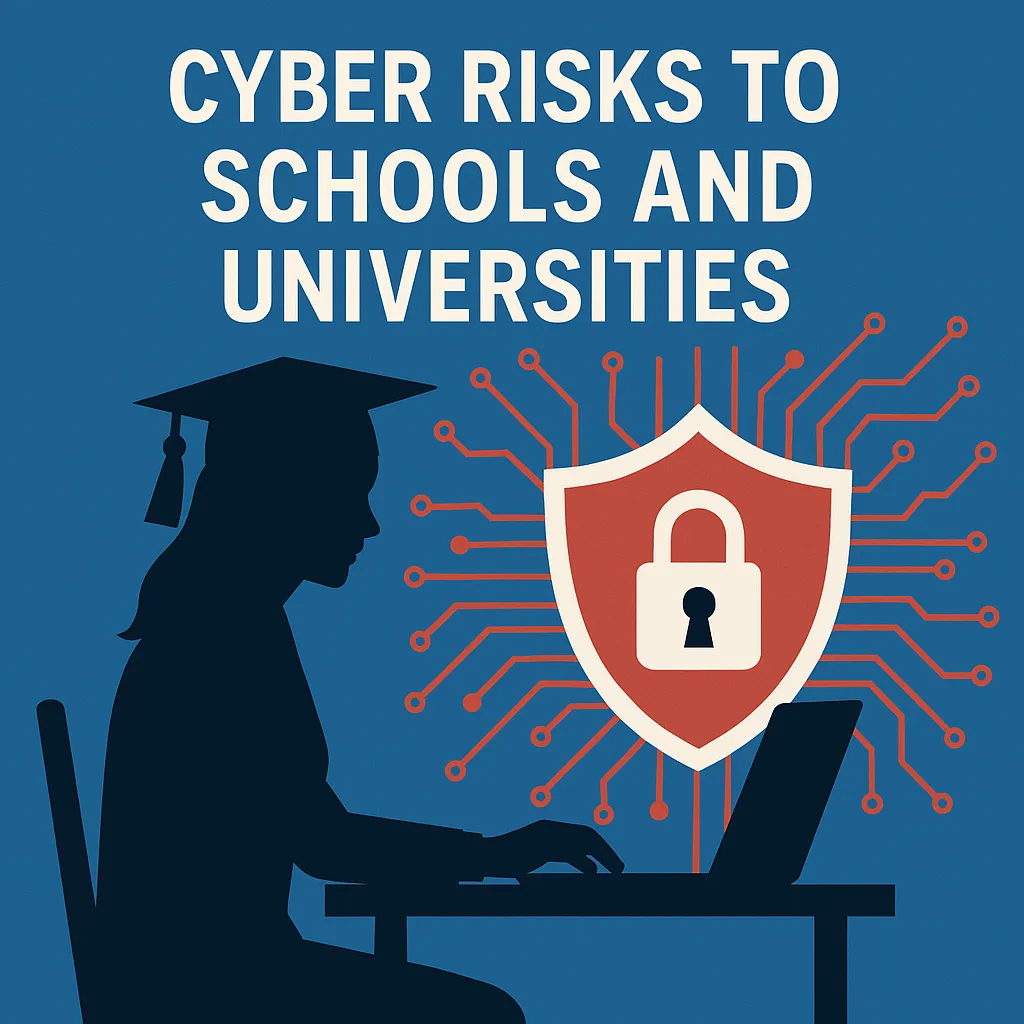Classrooms Under Cyber Siege: Protecting Education from Digital Threats
The rapid integration of digital technologies in the education sector, while beneficial, has also exposed institutions to an increasing array of cyber threats. Schools, from elementary to higher education, possess a wealth of personal and financial data, yet often lack robust cybersecurity defenses, making them an attractive target for cybercriminals.
The Vulnerability of the Education Sector
School systems are often described as being 'target rich and cyber poor', a condition highlighted by Cybersecurity and Infrastructure Security Agency (CISA). This vulnerability stems largely from budget constraints, which impede the adoption of advanced cybersecurity measures, and the extensive amounts of sensitive data held on students and staff.
Common Cyber Threats in Education
Phishing attacks and ransomware are the most prevalent forms of cyber threats facing educational institutions. As noted by UpGuard, social engineering tactics like phishing are employed to deceive unsuspecting victims into revealing sensitive information or downloading malware. Ransomware attacks, on the other hand, involve hackers encrypting a school's data and demanding ransom for decryption keys, severely disrupting educational processes.
Real-World Impact
One striking example is the ransomware attack on the Los Angeles Unified School District in September 2023, which led to significant data compromises and operational disruptions, showcasing the serious implications of such cyber threats on educational institutions.
Strategies for Enhancing Cybersecurity in Schools
To combat these threats, it is crucial for educational institutions to implement multifaceted cybersecurity strategies. This includes regular training on recognizing phishing attempts, investing in robust cybersecurity infrastructure, and adhering to best practices as outlined by the Microsoft Threat Intelligence and other organizations.
Government and Policy Support
The Government Accountability Office (GAO) suggests that more proactive measures are needed to shield schools from cyber threats, recommending that educational institutions enhance their infrastructure and response strategies to cyber incidents as mentioned in their report GAO-22-105024.
Conclusion and Takeaways
It is evident that while the digital revolution in education offers numerous advantages, it also brings significant cybersecurity risks that require urgent and thorough responses. For schools, the path forward involves not only enhancing their cybersecurity posture but also fostering a culture of cyber awareness among staff and students alike. Staying informed and vigilant is crucial in defending our educational institutions against the evolving landscape of cyber threats.
